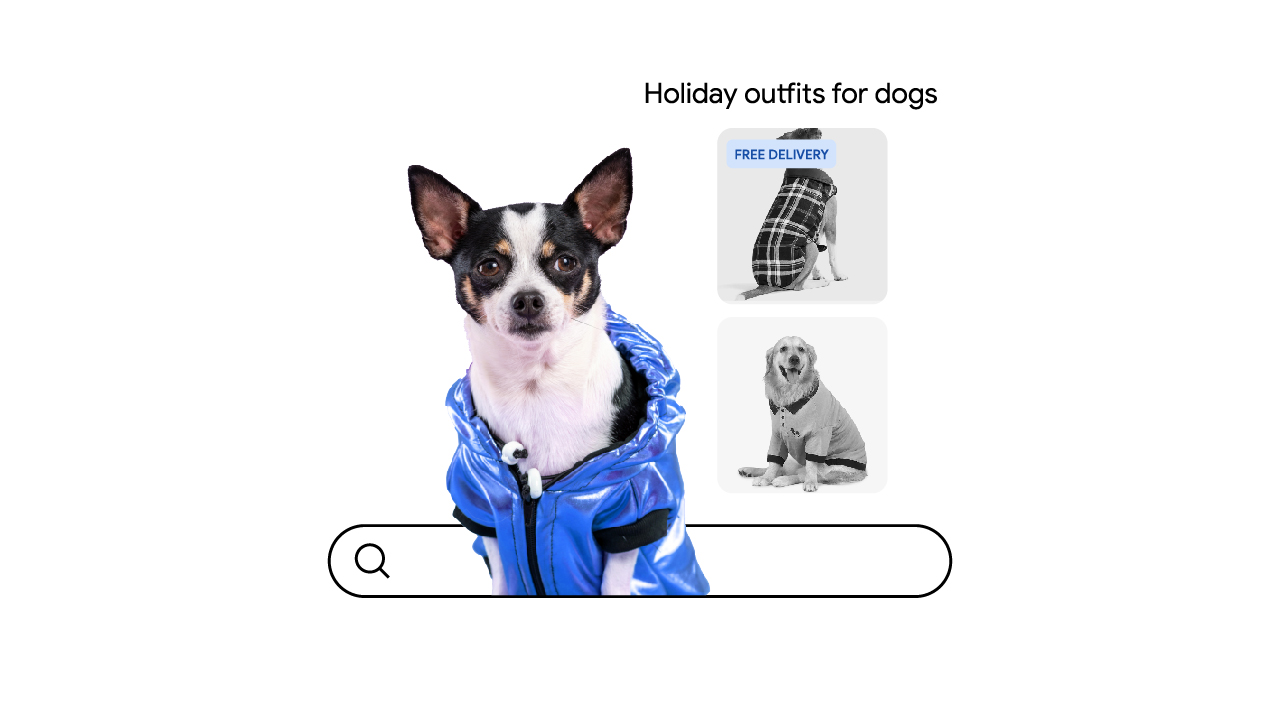Anyone who has planned an event, from a family vacation to a business conference, knows it’s a complex task. Regardless of scale, the process will involve multiple searches over days to find everything from the best venue to activities. Yet, such complex tasks are hardly challenging for the billions of people who turn to Search daily as the No. 1 touchpoint for relevant information, clarity, and trust. The AI-powered abilities of Search enable people to easily find answers to their myriad needs, and in even more creative ways, such as using Voice Search and Google Lens.
With the majority of searches on Google being multi-day user journeys powered by machine learning, brands need to keep pace with people and how they’re searching — by reaching them at the same scale and speed through automation.
Automation in marketing enables brands to achieve optimised performance and profits on an unmatched scale.
Marketing automation, powered by machine learning, enables brands to reach people wherever they are in their multi-channel consumer journey. At the same time, it delivers relevant content while using less granular data to provide user privacy. Crucially, it optimises performance and drives profits. For example, advertisers who shift their keyword match type to broad match can achieve 25% more profits.1
Over 80% of Google advertisers already use automated bidding to optimise performance and free up time for other tasks.2 However, some marketers are still hesitant to fully commit to automation because of certain misperceptions they have about it. Here, we clear the air and highlight three things you need to know about automation. We also share tips on how you can adopt automation to drive growth.
You control the goals, message, and bidding strategy; the algorithm works in service of the marketing objectives you set.
Misperception: "Automation seems like a black box. Can I trust the algorithm and still control my strategy?"
What you need to know: Smart Bidding, for example, analyses millions of variables such as device, time of day, and operating system to automatically adjust bids and help your brand reach high-value customers. However, you retain the power to adjust targets as your business goals change. Additionally, you have full visibility of how the algorithm works in the bid strategy report.
Performance becomes more consistent as more data is collected for the algorithm to optimise results.
Misperception: "Should I be worried about potential volatile performance or a delay in seeing positive results?"
What you need to know: You may see results such as cost per acquisition (CPA) and return on advertising spend fluctuate because there isn’t enough conversion data at the start for the algorithm to learn from and optimise results. However, performance will become more consistent as more data is gathered. Even when performance fluctuates, it’s still very likely to outperform manual bidding, and this sometimes happens as quickly as in a week.
Search automation tools are multipliers — they powerfully impact growth and profitability when used together.
Misperception: "Will spending my marketing budget on automation bring me maximum business impact and profitability?”
What you need to know: Besides putting your marketing spend toward more than one Search automation tool, you should also align your spending with business objectives such as increasing revenue, profit, and customer lifetime value. Investing in these goals, rather than intermediary metrics like clicks or CPA, ensures that the automation tools focus on maximising business impact and profitability.
Search automation solutions that help you drive growth
1. Increase online sales with broad match and Smart Bidding
You can reach more audiences with broad match keywords because it connects your brand to people with related searches and not just those whose searches contain your exact keywords. By pairing broad match keywords with Smart Bidding, your bid price is automatically set, making it easier and more cost-efficient than manual bidding.
For example, Hyundai Marine and Fire Insurance, one of South Korea’s leading non-life insurance companies, grew online sales by 55% and increased its conversions by 16% using broad match with Smart Bidding.
2. Deliver personalised ads with responsive search ads
To deliver information that most closely matches what people are searching, responsive search ads use machine learning to personalise ad headlines and descriptions to be relevant to what each person is searching for. And when advertisers adopt responsive search ads in tandem with broad match and Smart Bidding, they see 20% higher conversions3 due to the multiplier impact of using a combination of automation tools. These three tools, when used together, help set the right bid price so you don’t have to do this manually, or spend more to achieve broader reach.
3. Maximise high-quality conversions with value based bidding
If you want to make the most of your campaign budget, acquire high-value customers, and drive business growth, use the Maximize conversion value based bidding strategy. Its advanced machine learning automatically sets and optimises bids based on the values you decide, such as sales revenue or profit margin. On average, advertisers who use value bidding and switch from a target CPA to a target return on ad spend bid strategy achieve a 14% higher conversion value, with a similar return on ad spend.4
4. Grow customers online and offline with Performance Max
To reach high-value customers online and offline, tap into Performance Max. It enables you to — in a single automated campaign — find customers across Google's full suite of ad channels such as YouTube, Search, Gmail, and Maps. Once you’ve set your goal, the automation tool will do the rest, saving you time whilst boosting sales. Brands that run Performance Max campaigns achieve a 13% increase in incremental conversions on average, at a similar CPA.5
As people tackle complex tasks in their AI-enabled Search journeys, brands need to keep pace and deliver timely solutions to customers at scale. By using Search automation tools, you can optimise reach, personalisation, and conversion to drive business growth and profitability.
Contributors: Jasmine Li, Product Marketing Manager, APAC Search Ads; Doris Claesen, Lead, APAC Search Ads Marketing











